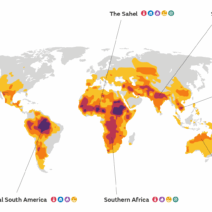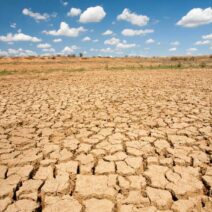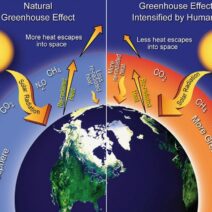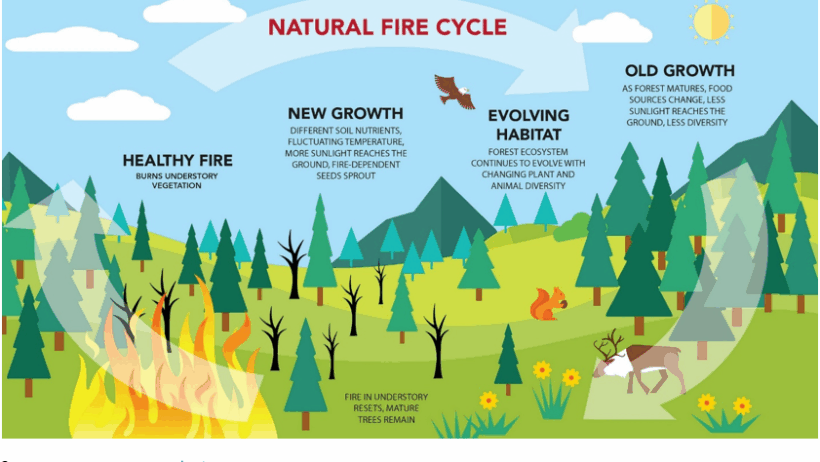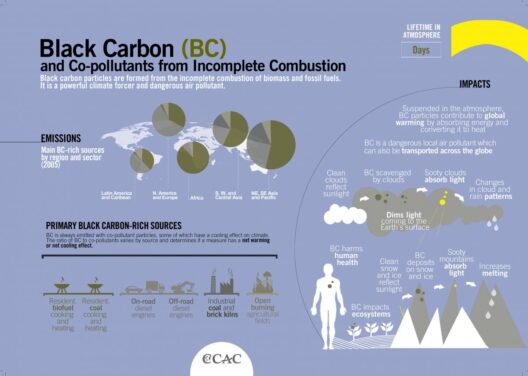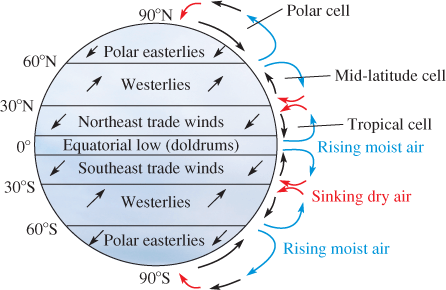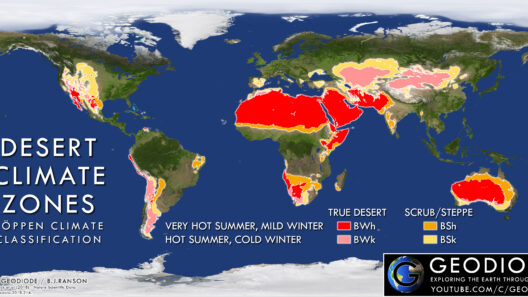Wildfires are a recurrent narrative within the discourse of climate change, often characterized as acts of nature. However, they represent a significant and complex interaction with the environment, illustrating a profound cycle of destruction that reverberates through the ecosystem. As the frequency and intensity of wildfires escalate, the pivotal question arises: do these infernos contribute to climate change?
The combustible relationship between wildfires and climate change encompasses multifaceted dimensions. At the outset, wildfires release copious amounts of carbon dioxide (CO2), a greenhouse gas contributing to global warming. This is not merely an incidental release; it is a critical element in the exacerbation of climate change. According to recent studies, wildfires account for approximately 10-20% of annual anthropogenic CO2 emissions. This statistic alone delineates a clear correlation between wildfire events and the amplifying trends of climate change.
Moreover, the biomass combusted during wildfires encapsulates a substantial repository of carbon that has been sequestered in trees and other vegetation over decades, if not centuries. When these carbon sinks ignite, they metamorphose into significant carbon sources, thereby escalating atmospheric CO2 levels and inciting a feedback loop where increased greenhouse gas concentrations further elevate temperatures. This increment in temperature, in turn, engenders more frequent wildfires, creating a vicious cycle that is exceedingly difficult to break.
A poignant aspect of the wildfire-climate change nexus lies in its geographic variability. Regions that are predisposed to droughts and elevated temperatures—phenomena that are intensifying due to climate change—are experiencing an alarming rise in wildfire incidence. For instance, geographical areas such as the western United States and southern Australia have been particularly susceptible, witnessing an unprecedented spike in fire activity. These regions exemplify how climate change not only creates favorable conditions for wildfires but also diminishes soil moisture, which in itself is a precursor for wildfire susceptibility.
In addition to the immediate climatic repercussions, wildfires provoke profound alterations in land use, which further contribute to climate change. The destruction of forests and grasslands not only obliterates existing carbon storage but also changes the albedo effect of the land surface. Albedo refers to the reflectivity of the Earth’s surface; when dark forested areas are incinerated, they are often replaced by lighter-colored surfaces or barren land, which redirects sunlight and subsequently raises local temperatures. This phenomenon can escalate regional warming, culminating in even greater climatic anomalies.
Furthermore, the aftermath of wildfires often entails a prolonged period of vegetation recovery, wherein the soil may be stripped of its natural cover, leading to soil erosion and degradation. This degradation imperils multiple ecological services, including carbon sequestration and water retention. With diminished capacity to absorb CO2, the landscape becomes a net emitter rather than a sink, perpetuating the adverse cycle.
Additionally, the response mechanisms of nations and organizations to wildfires often exacerbate the situation. Post-fire recovery efforts can involve extensive measures such as reforestation and land rehabilitation. However, inappropriate practices such as planting monocultures—single species of trees—instead of restoring biodiversity can yield suboptimal results. Biodiversity is crucial in enhancing ecosystem resilience and maximizing carbon capture capabilities. Hence, the choice of post-fire recovery strategies can either mitigate or augment future wildfire scenarios.
The psychological dimensions of wildfires are significant as well. The images and narratives surrounding wildfires can paint a picture of apocalyptic devastation, which captures public attention and ignites discourse. However, this fascination may obscure the deeper systemic issues at play. The focus on immediate destruction often diverts attention from the systemic environmental changes that provoke such events in the first place. By grappling with the cyclic nature of this phenomenon, observers might begin to acknowledge that wildfires are not isolated incidents but rather symptoms of a larger, inadequately addressed problem—climate change itself.
An essential aspect of addressing the wildfire crisis is interdisciplinary collaboration, encompassing ecology, climatology, and social sciences. Only by dissecting the intricate relationships among these fields can stakeholders devise efficacious strategies to combat both wildfires and climate change. A comprehensive approach might encompass fostering community awareness, advocating for adaptive land management practices, and bolstering fire prevention strategies—all vital in decreasing wildfire frequency and intensity.
To navigate the path forward, a multifaceted strategy is imperative. Restoration of natural fire cycles, through prescribed burns and other ecologically sound practices, can mitigate the accumulation of combustible biomass. Incorporating sustainable land-use policies that prioritize ecosystem health will enable regions to withstand the escalating pressures of climate change. Furthermore, a societal commitment to reducing carbon emissions at all levels must prevail, as every fraction of a degree in temperature can significantly influence wildfire behavior and patterns.
Ultimately, wildfires epitomize the consequential interplay between climate change and environmental degradation. The cycle of destruction perpetuated by these fires demands urgent attention and action. As we unravel the complexities entwined within this issue, the imperative to foster resilience in our ecosystems while addressing the root causes of climate change becomes unmistakably clear. Only then can we forge a sustainable future, breaking the relentless cycle that wildfires have come to symbolize.
